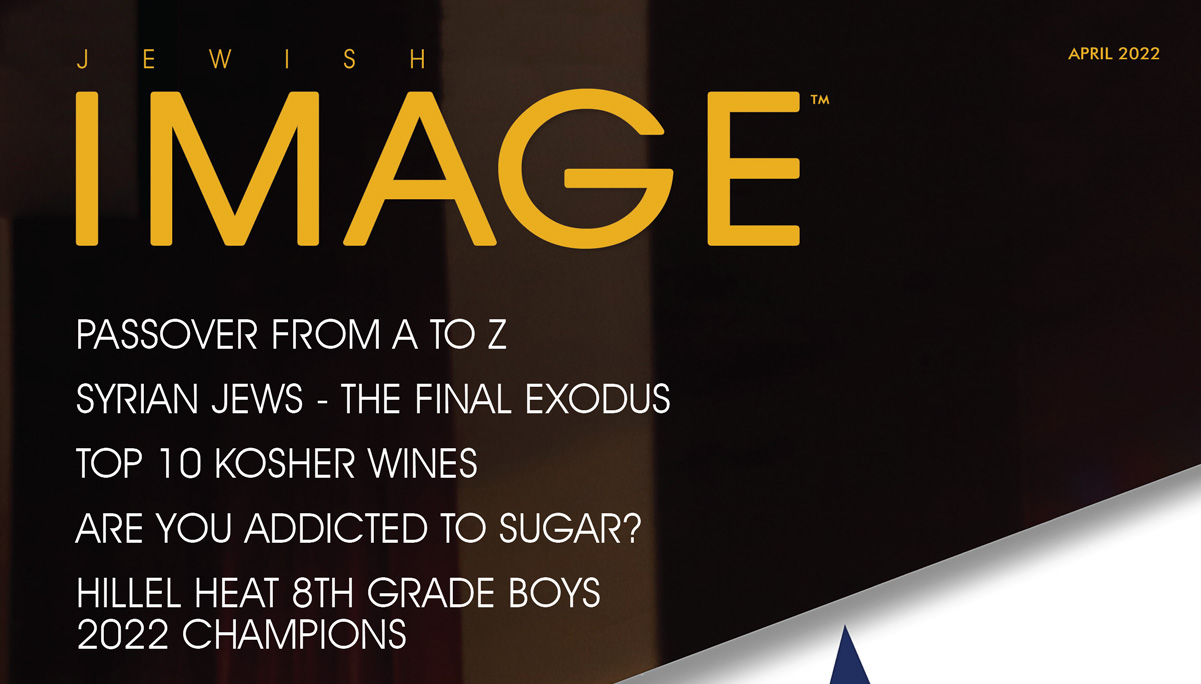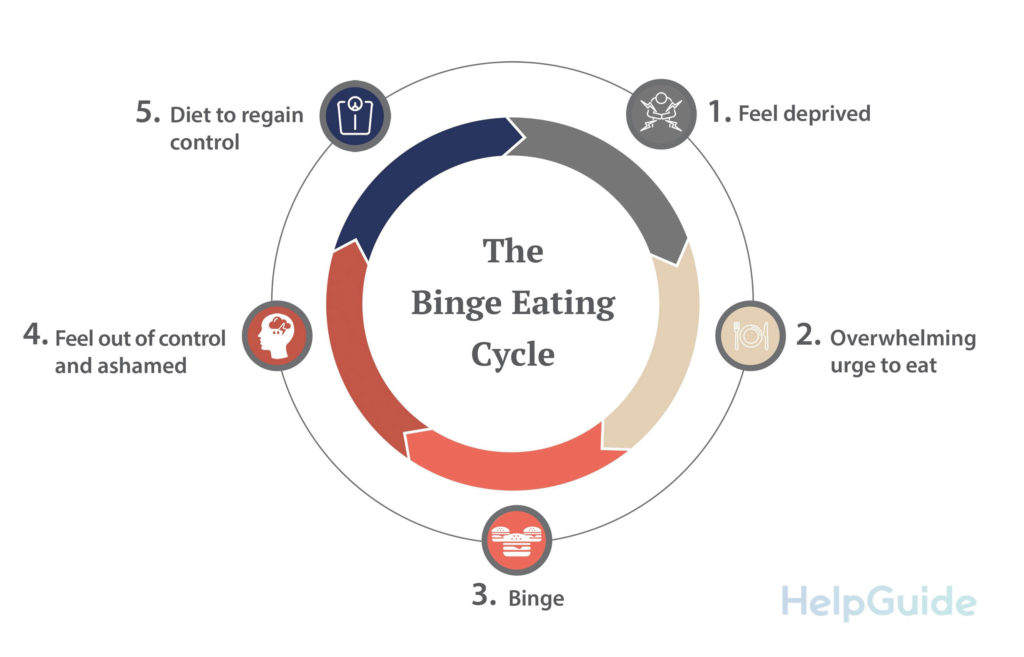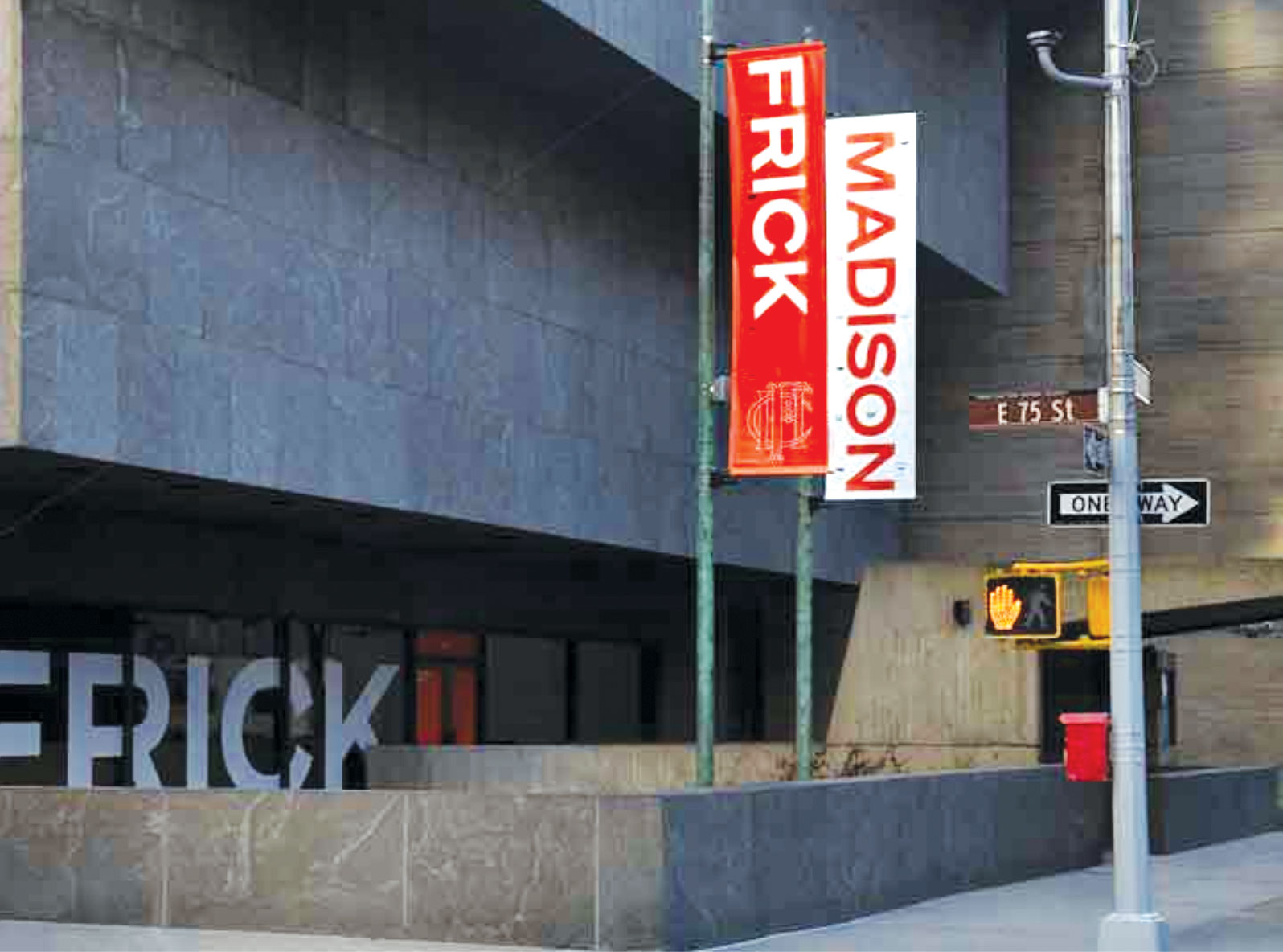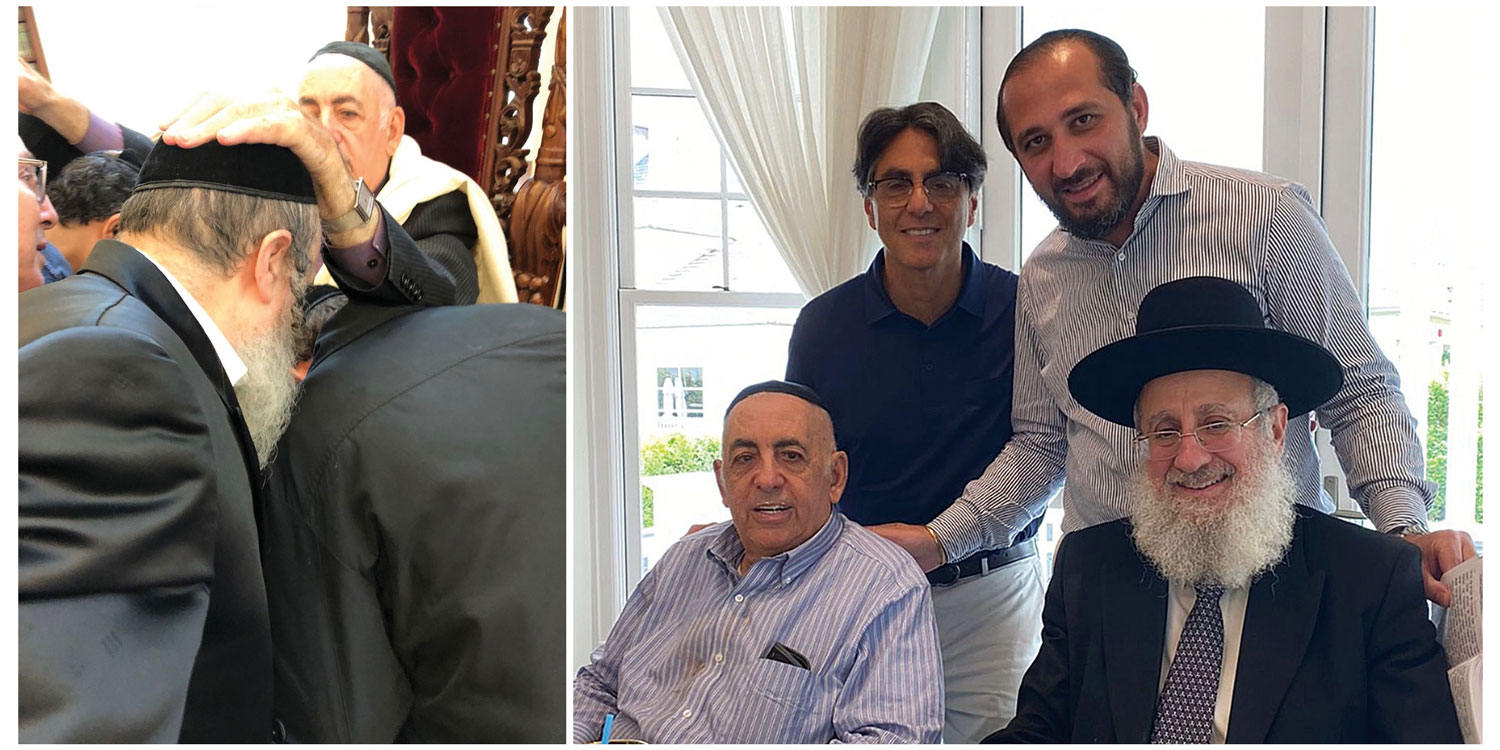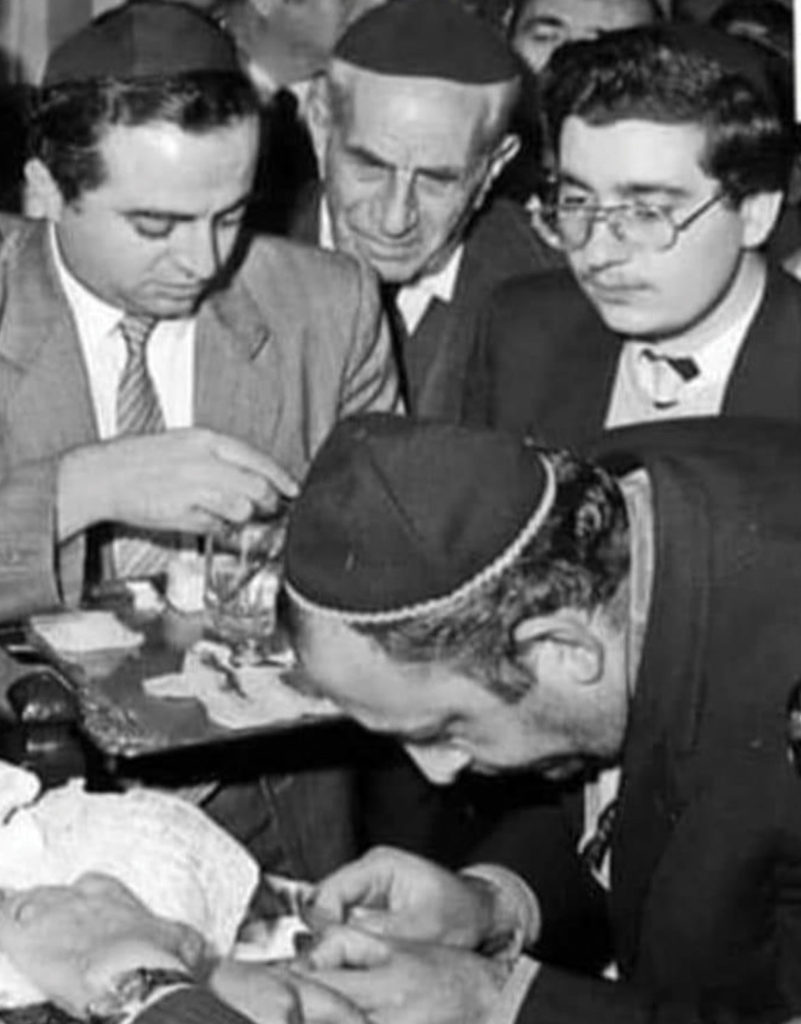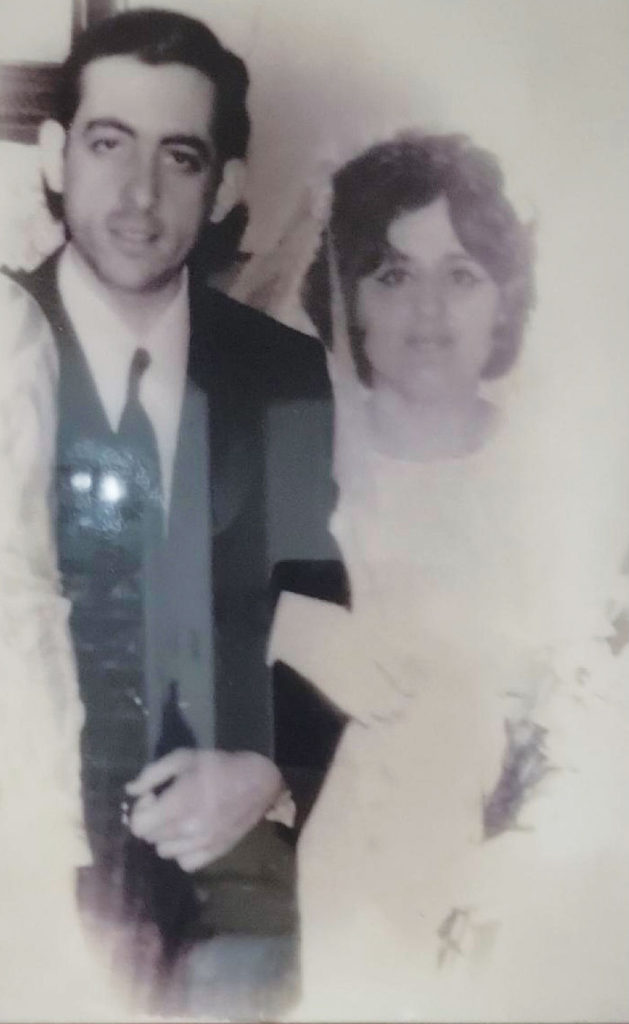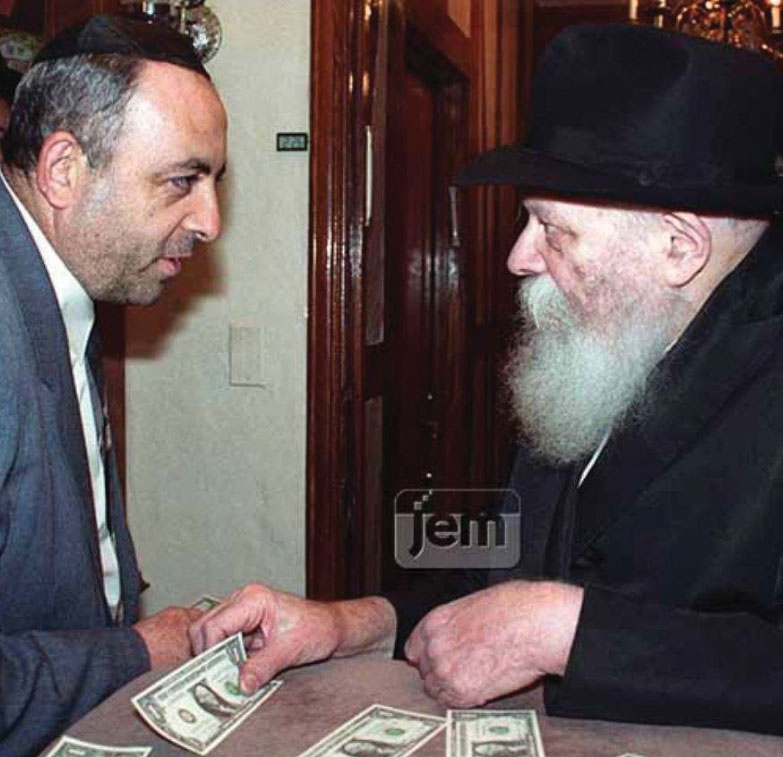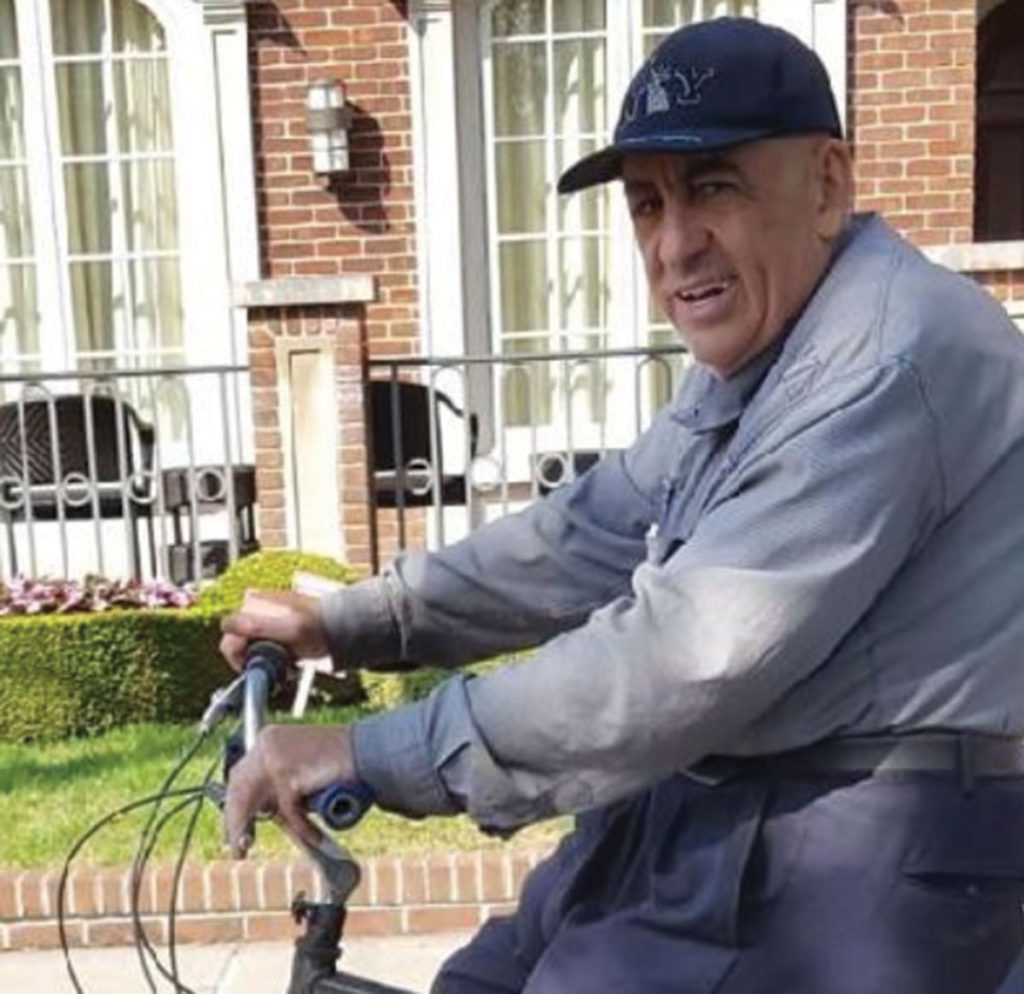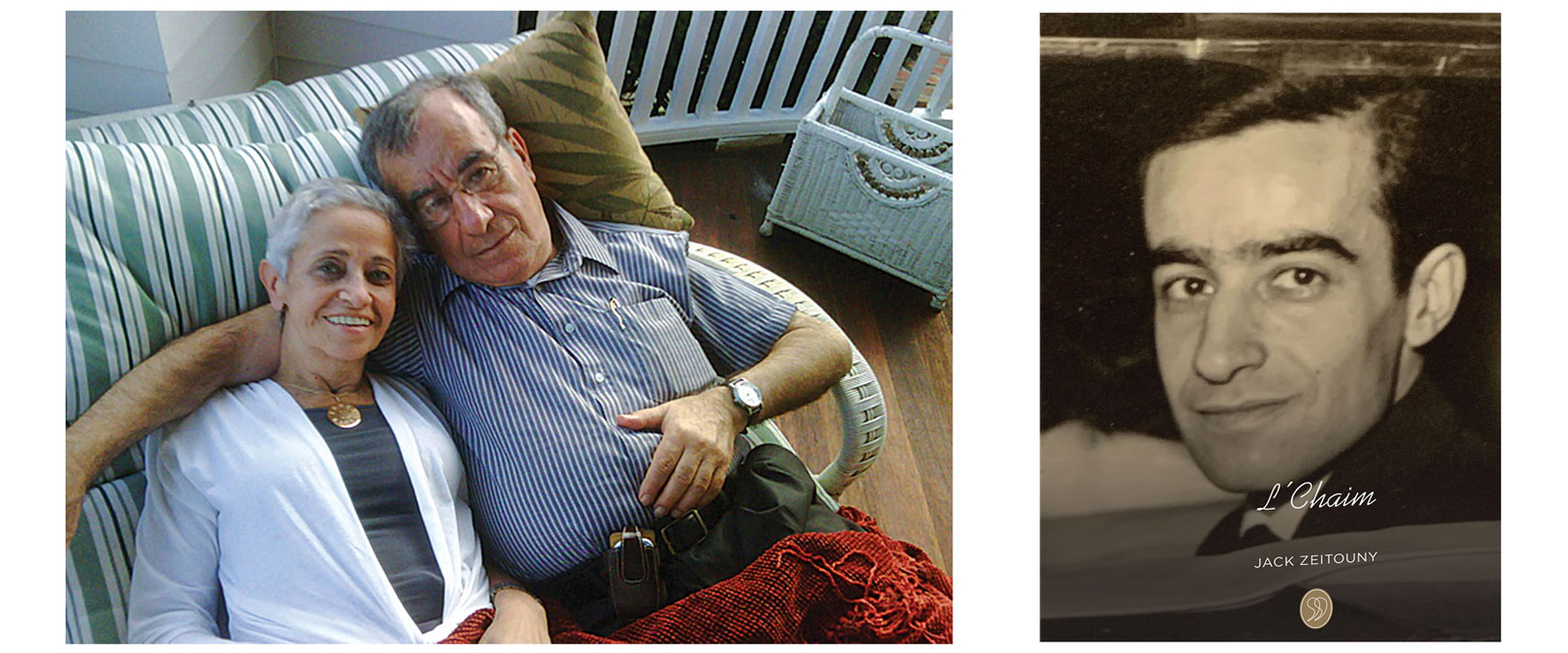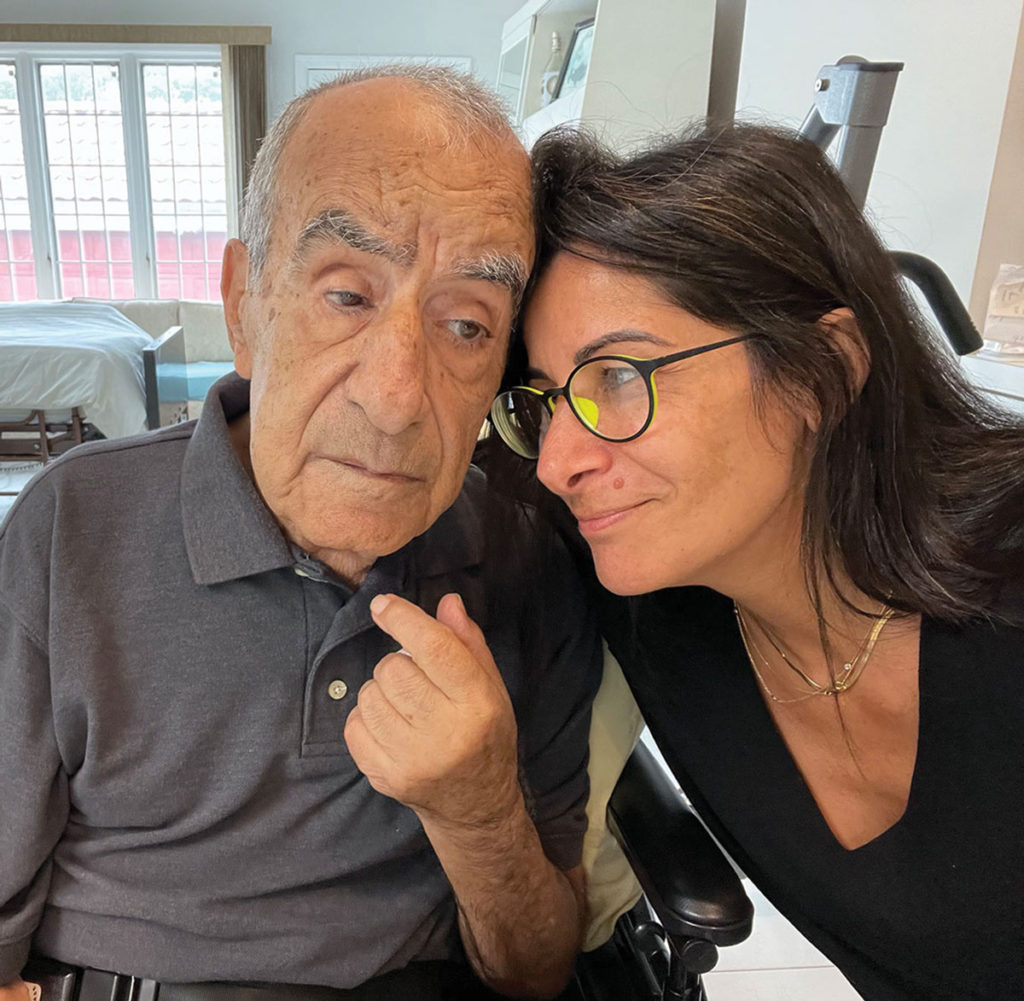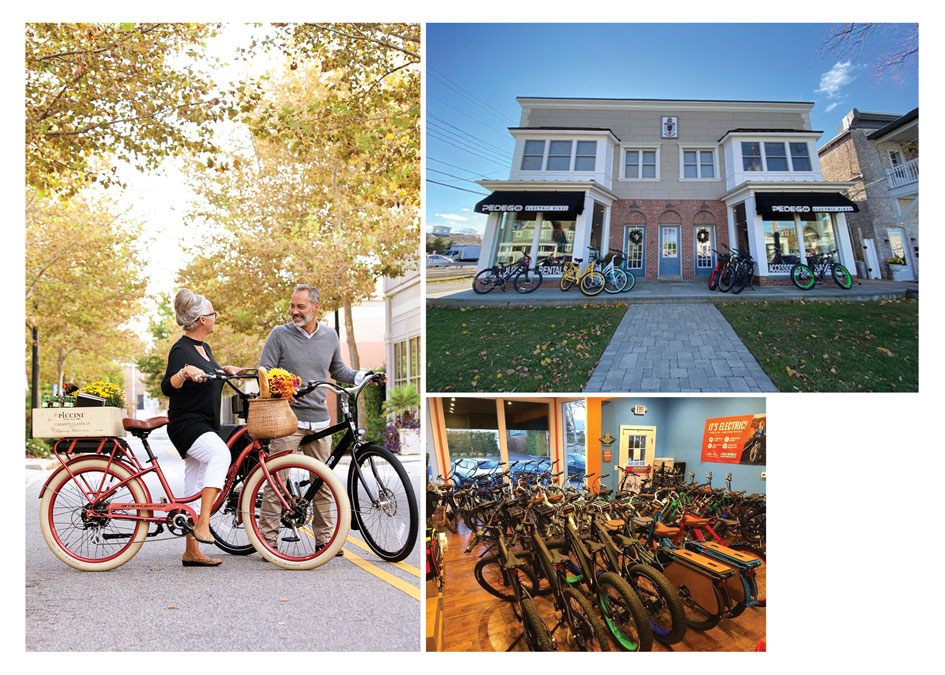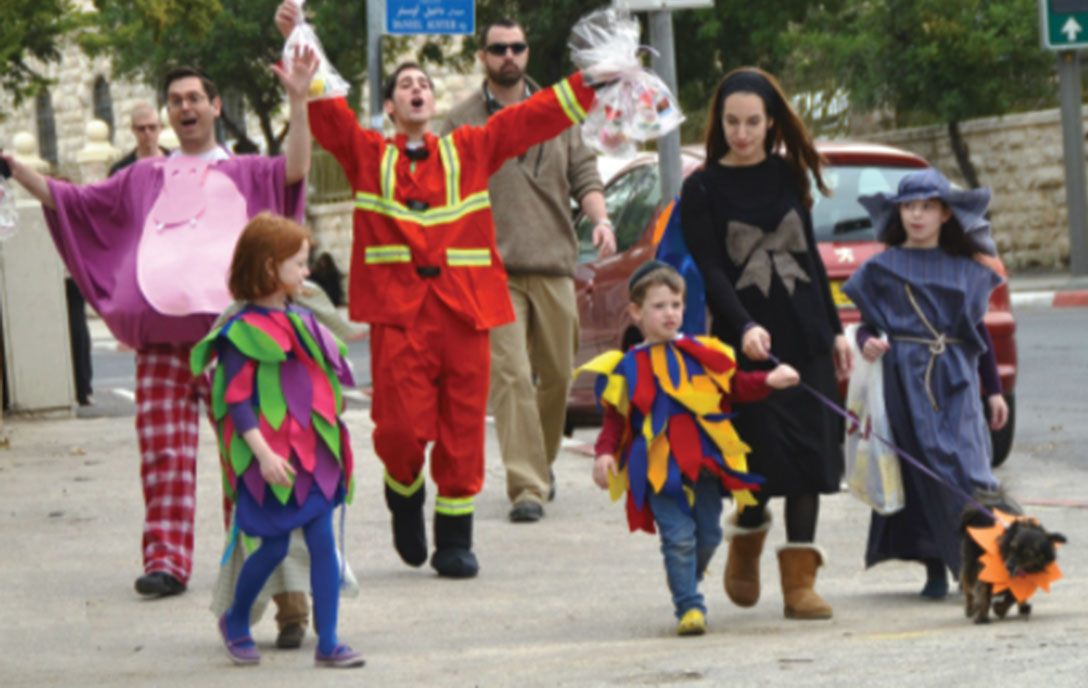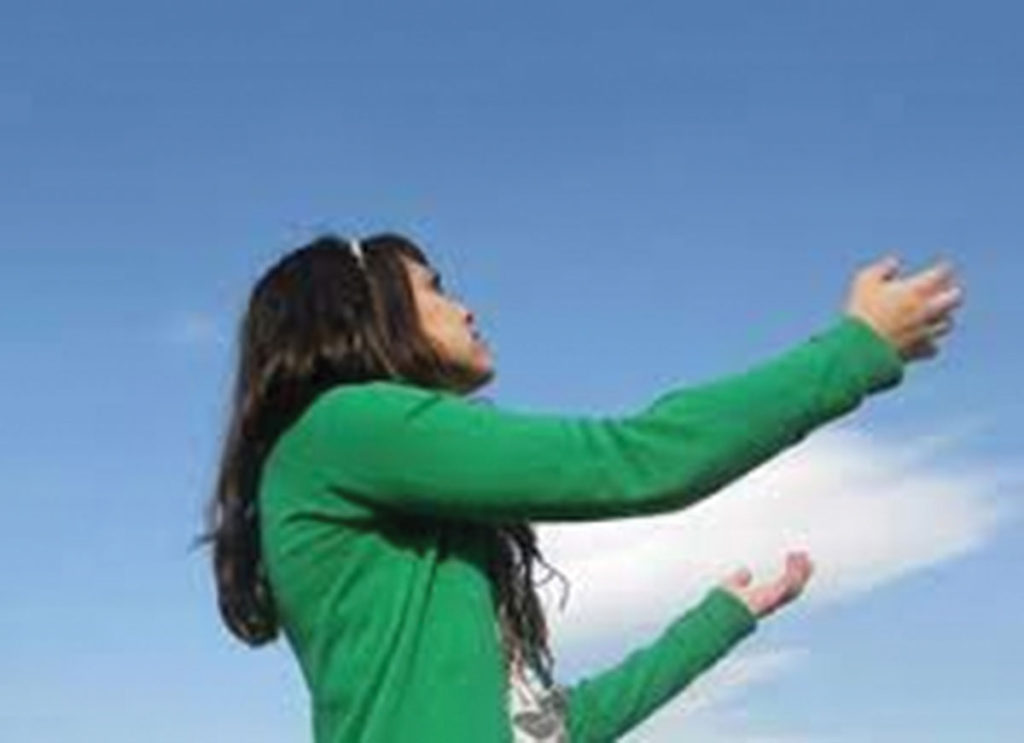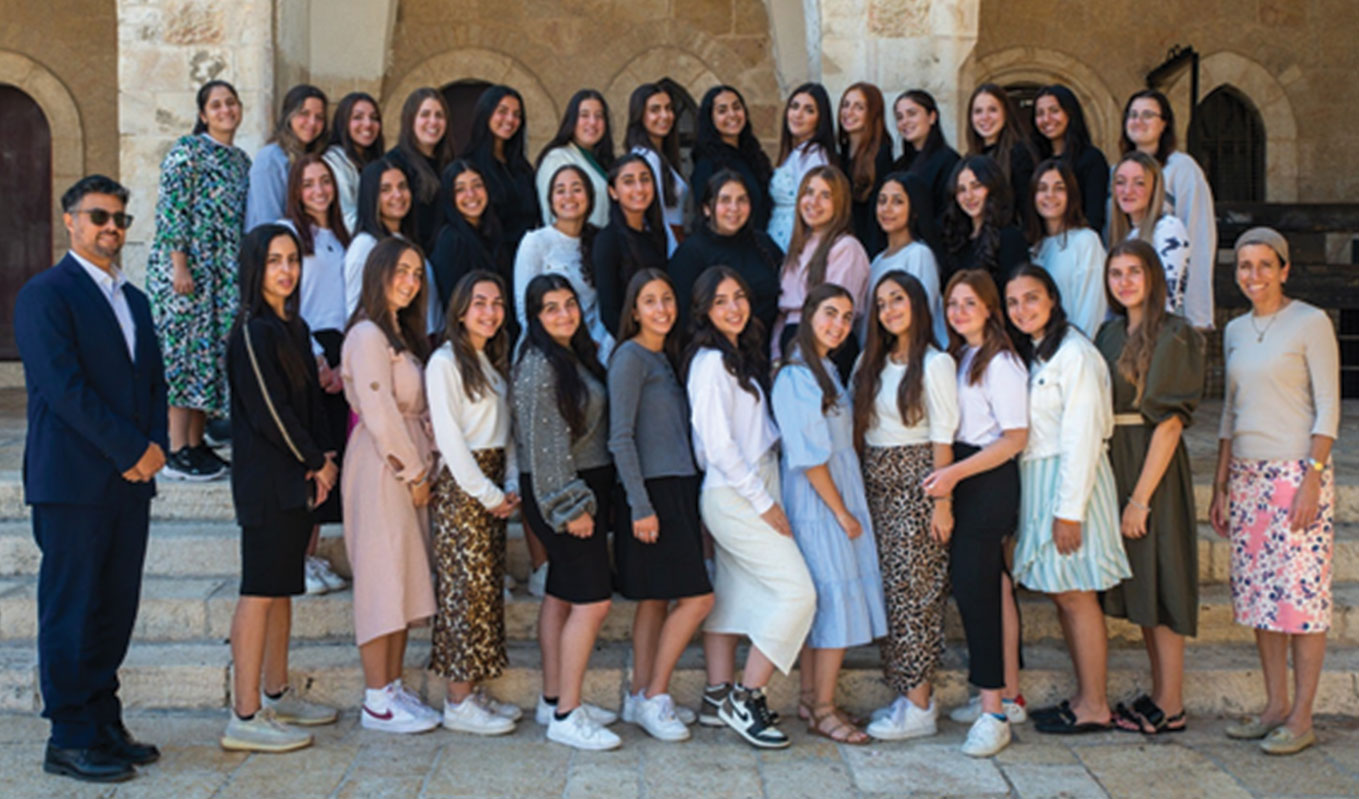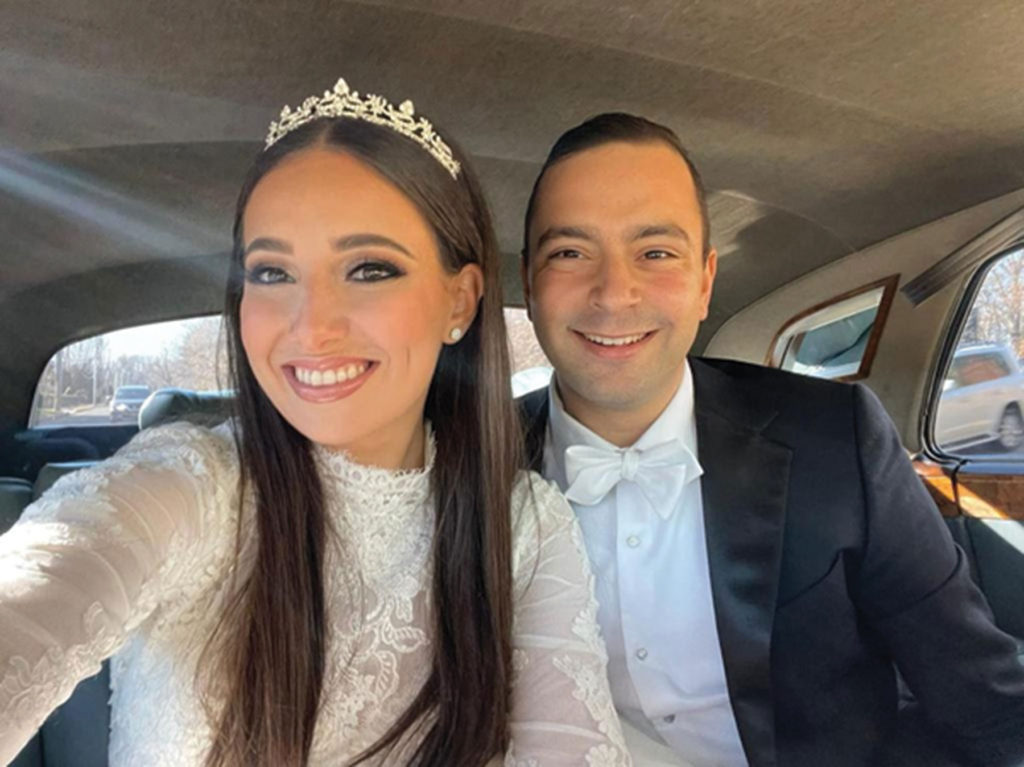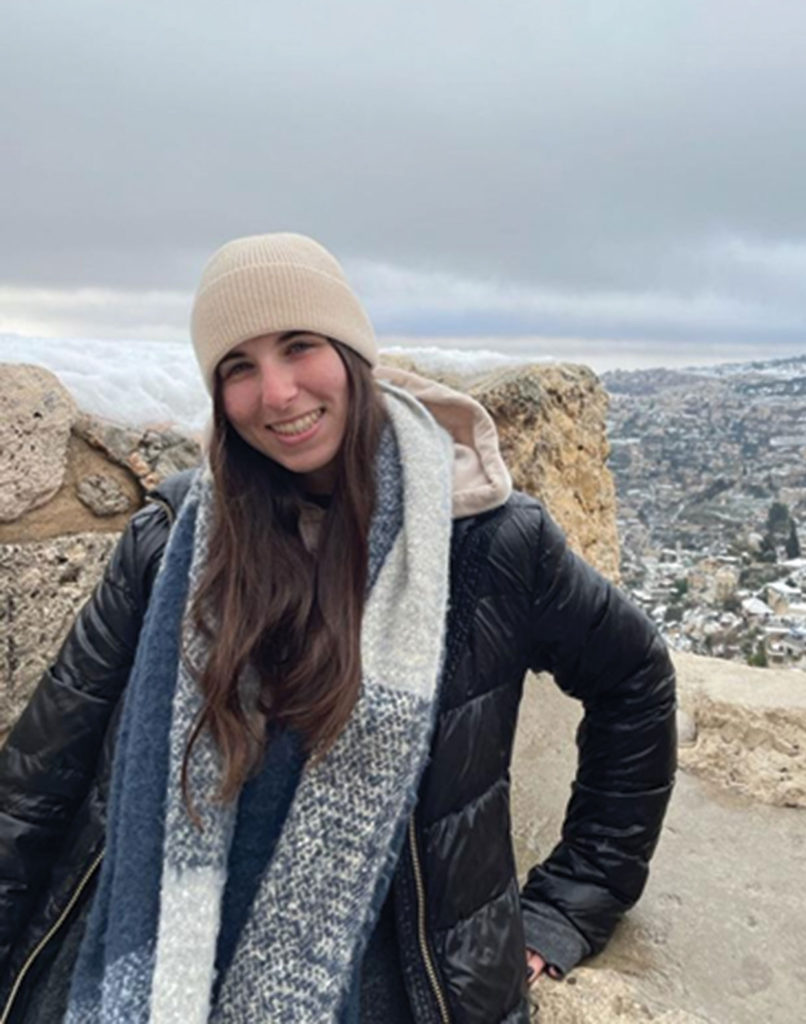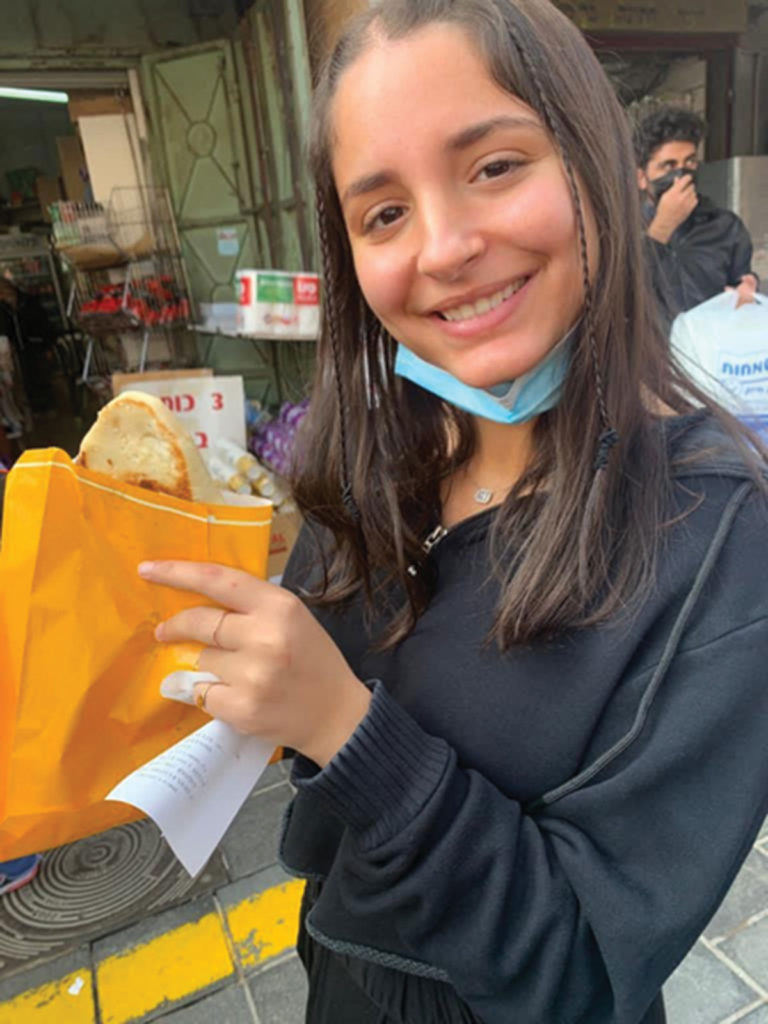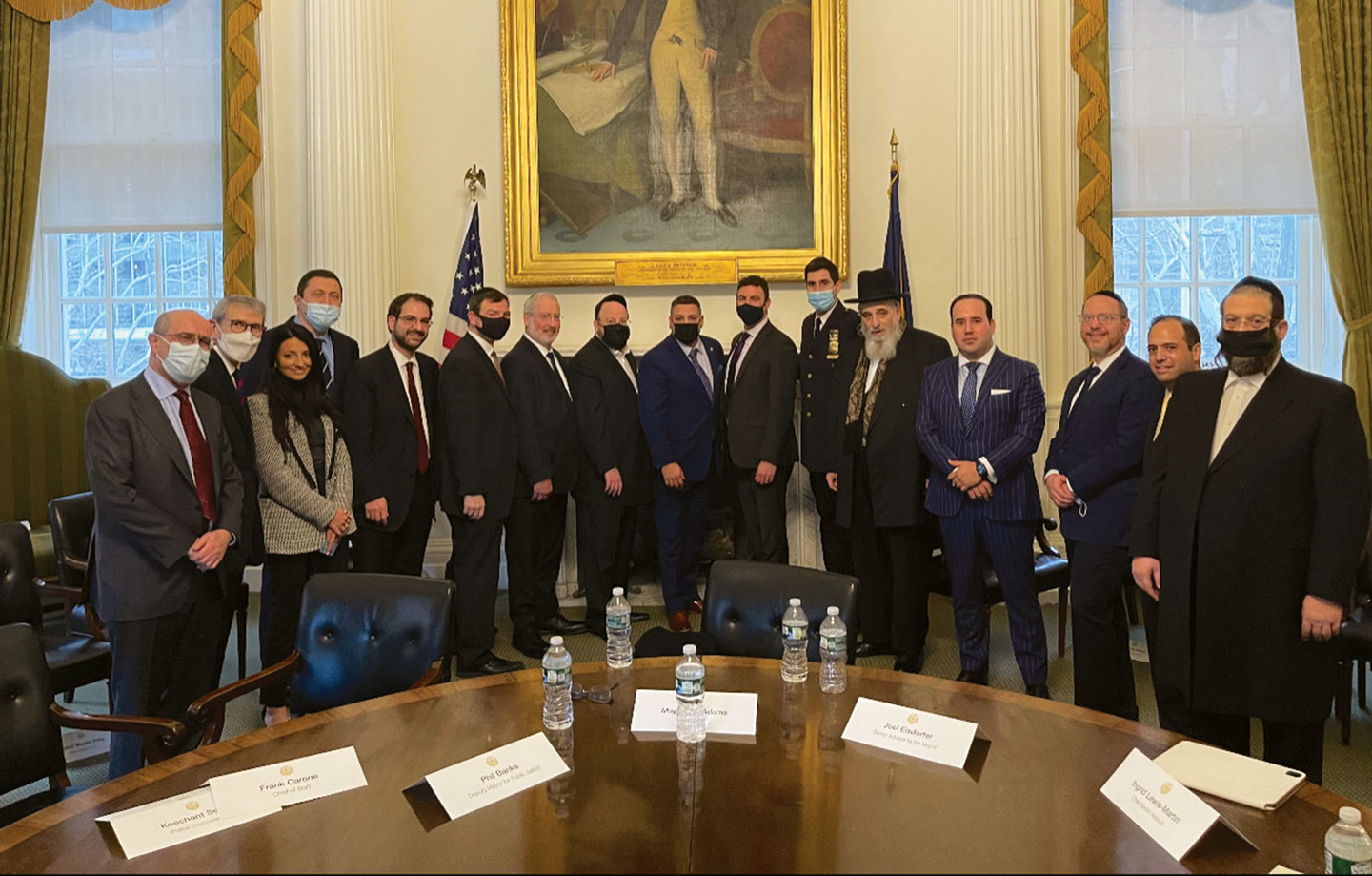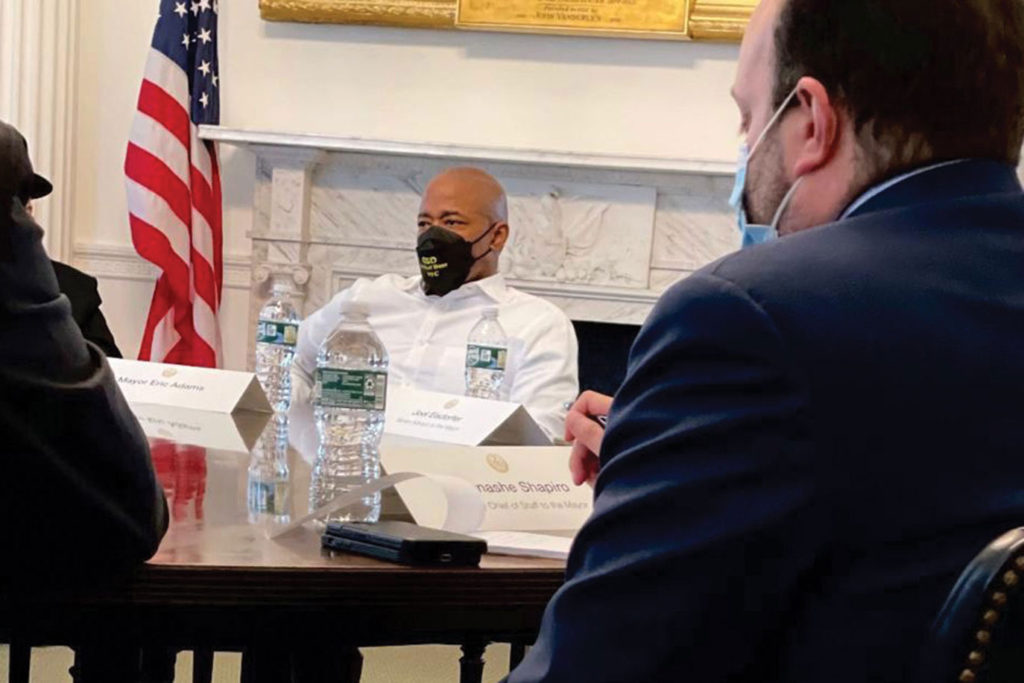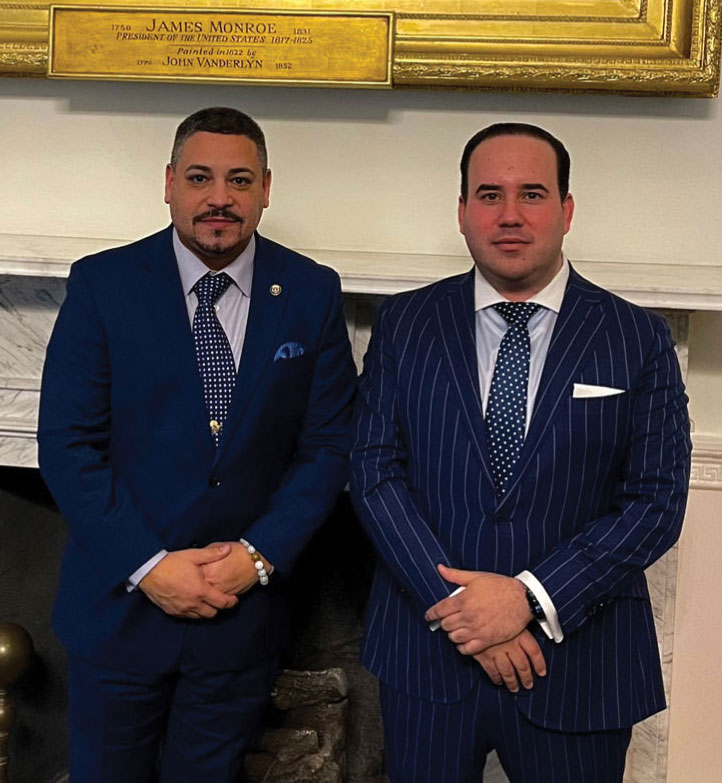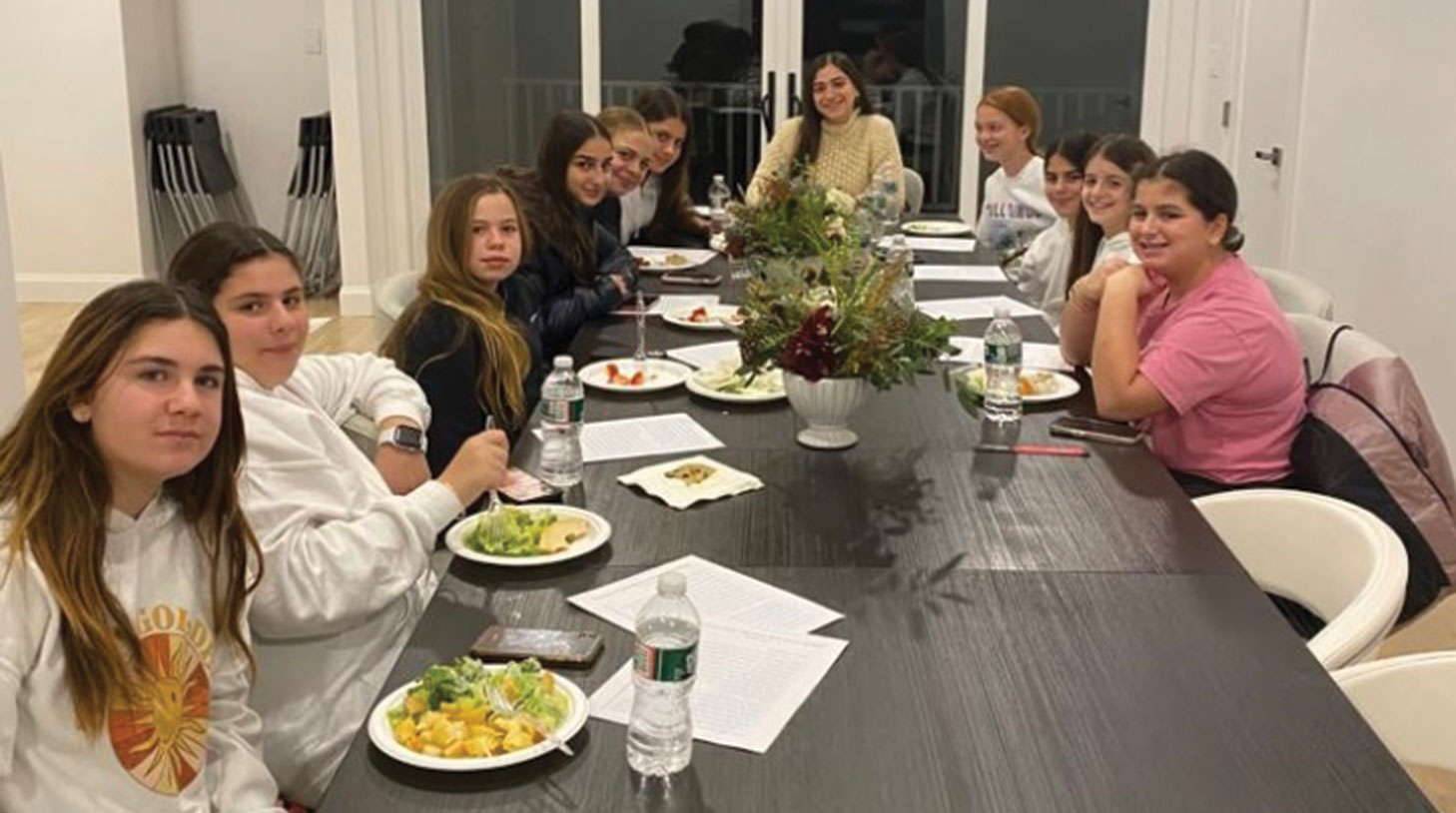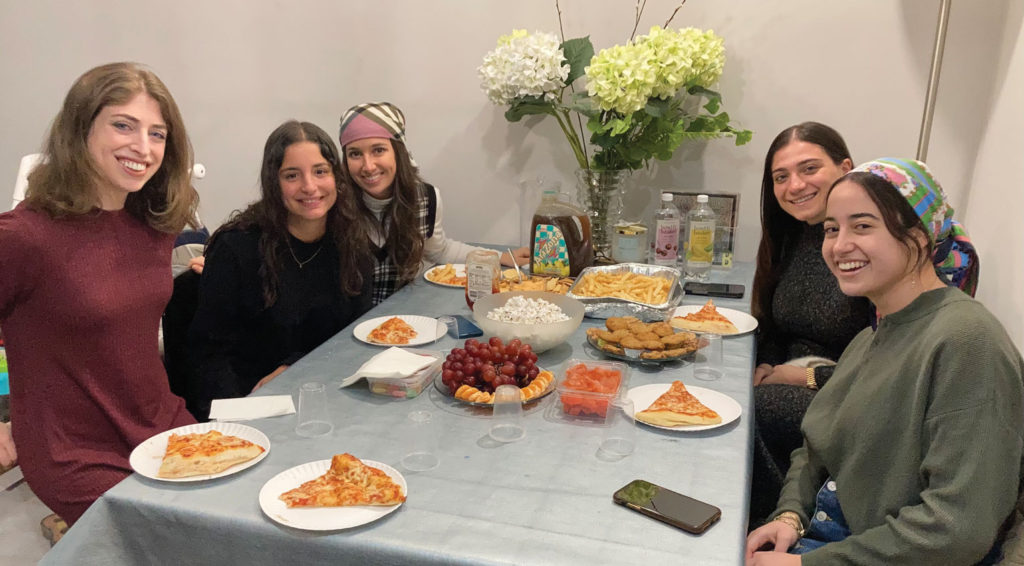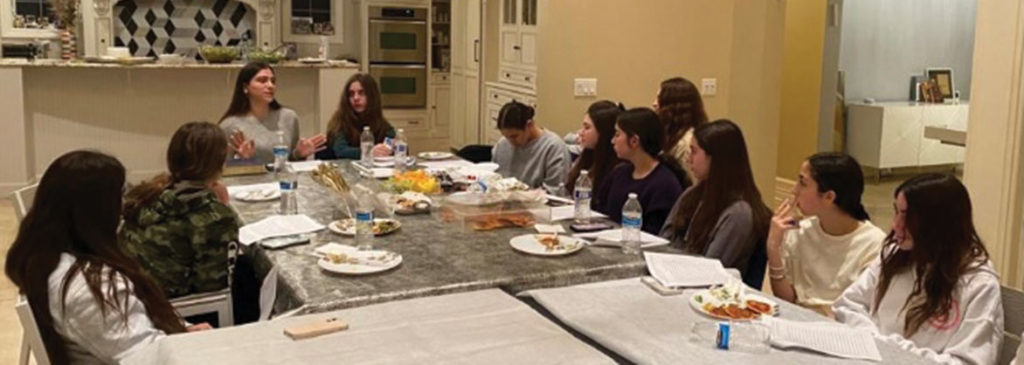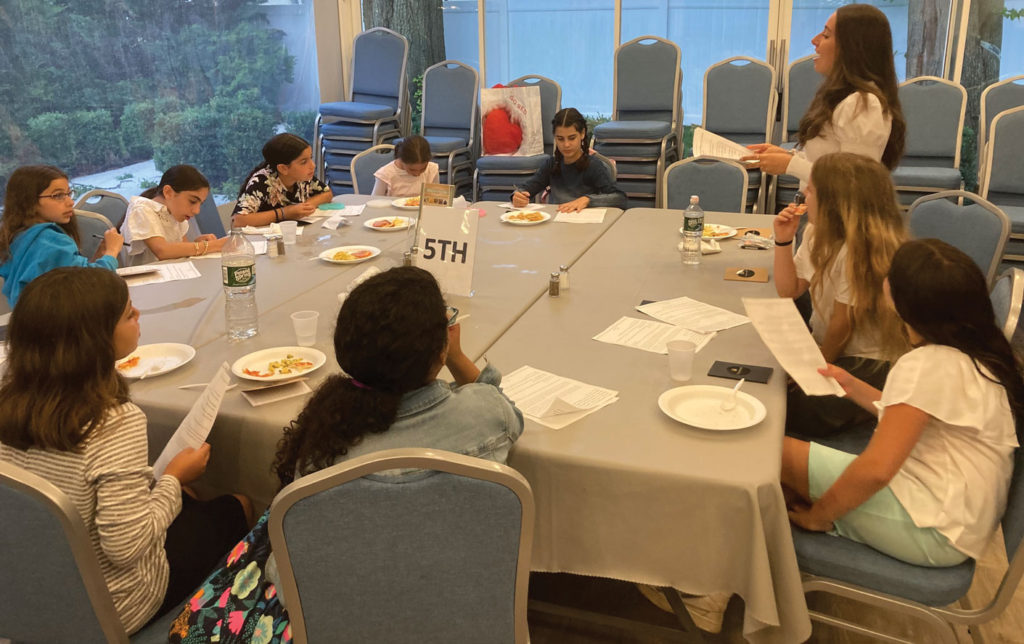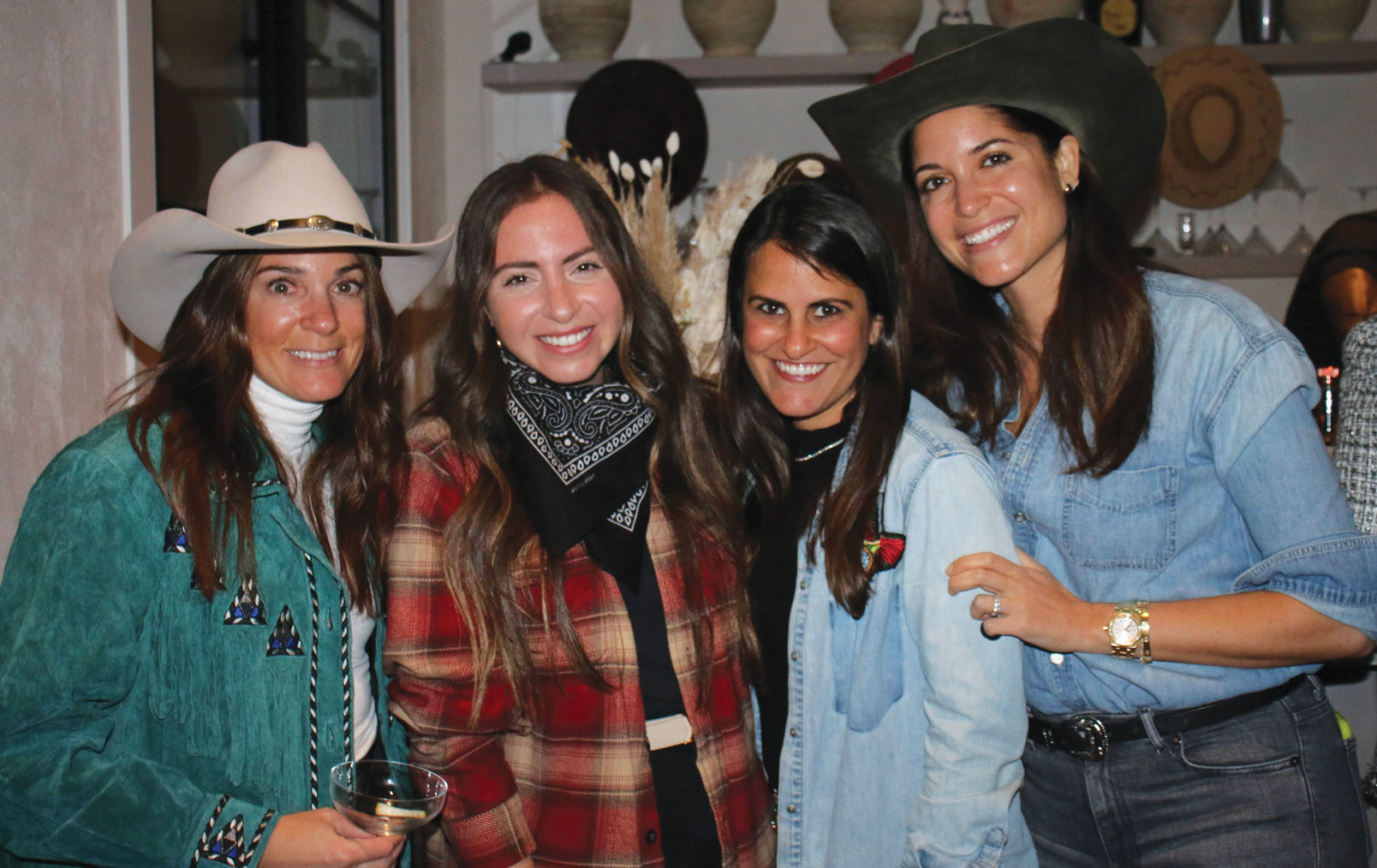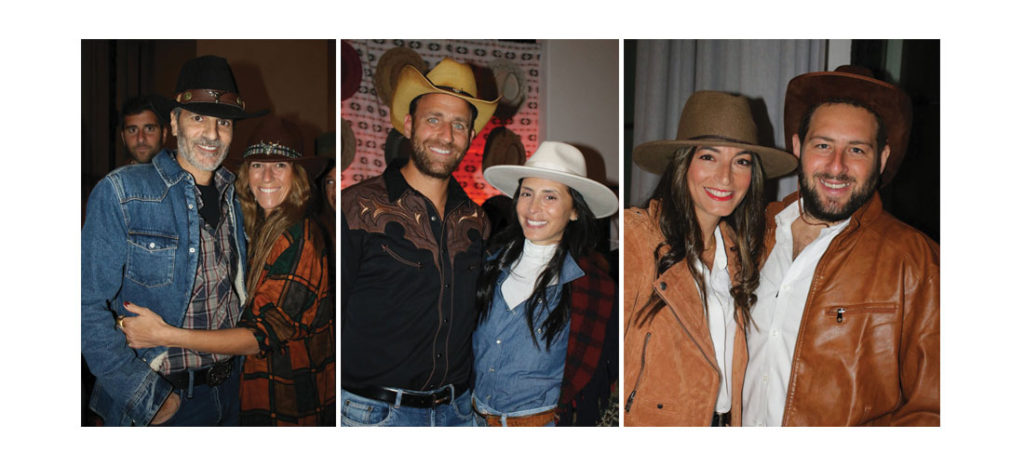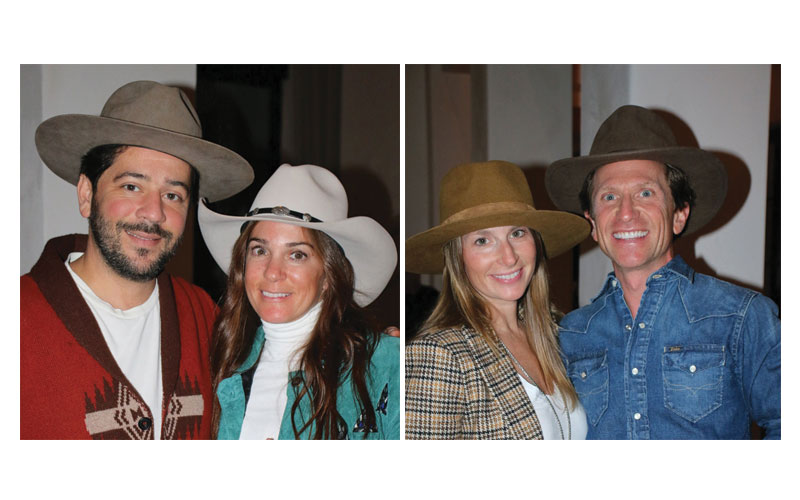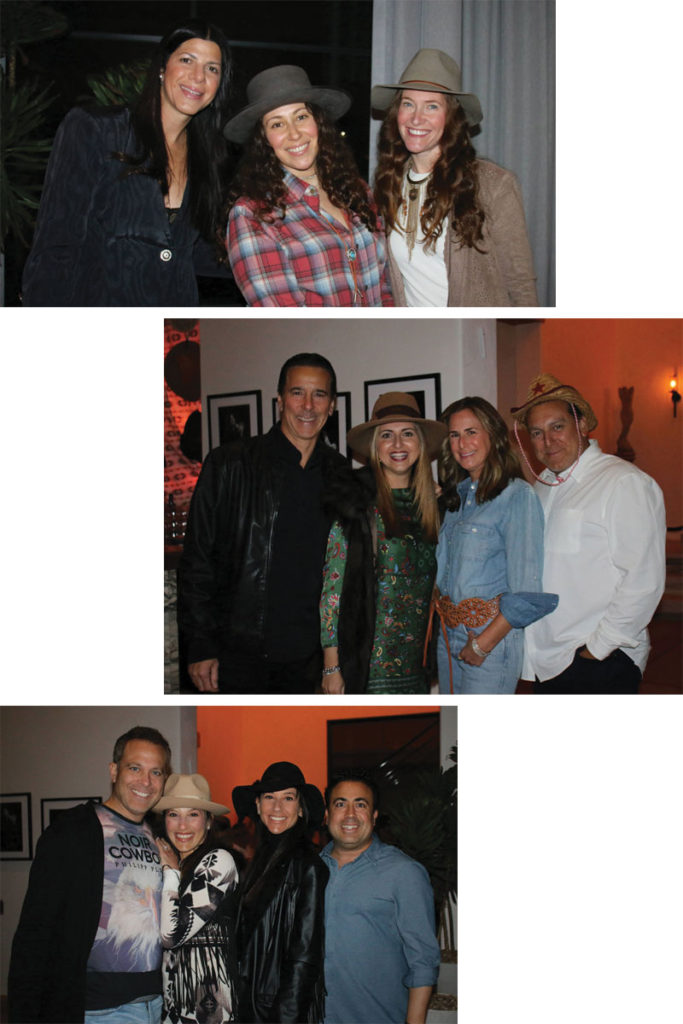MDY WELCOMES RABBI ELI J. MANSOUR & DR. DANIEL J. VITOW
KELLY JEMAL MASSRY
ON MARCH 2ND 2022, MEMBERS OF THE MAGEN DAVID YESHIVAH FAMILY FILLED THE ELEMENTARY SCHOOL AUDITORIUM TO HEAR FROM THE TWO RENOWNED INDIVIDUALS WHO ARE SOON GOING TO PLAY VITAL ROLES IN ITS FUTURE: RABBI ELI J. MANSOUR AND DR. DANIEL J. VITOW.
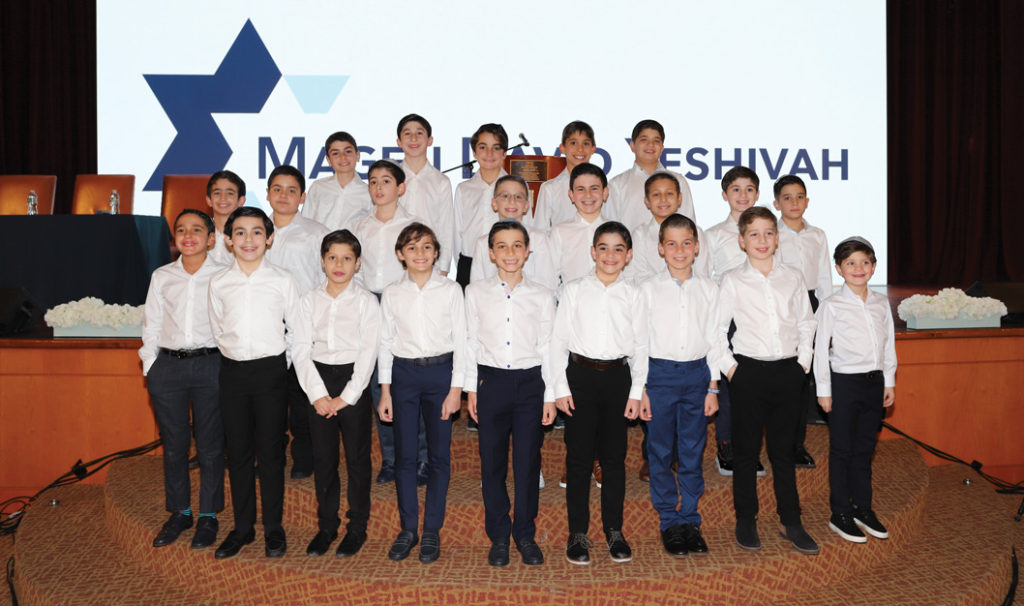
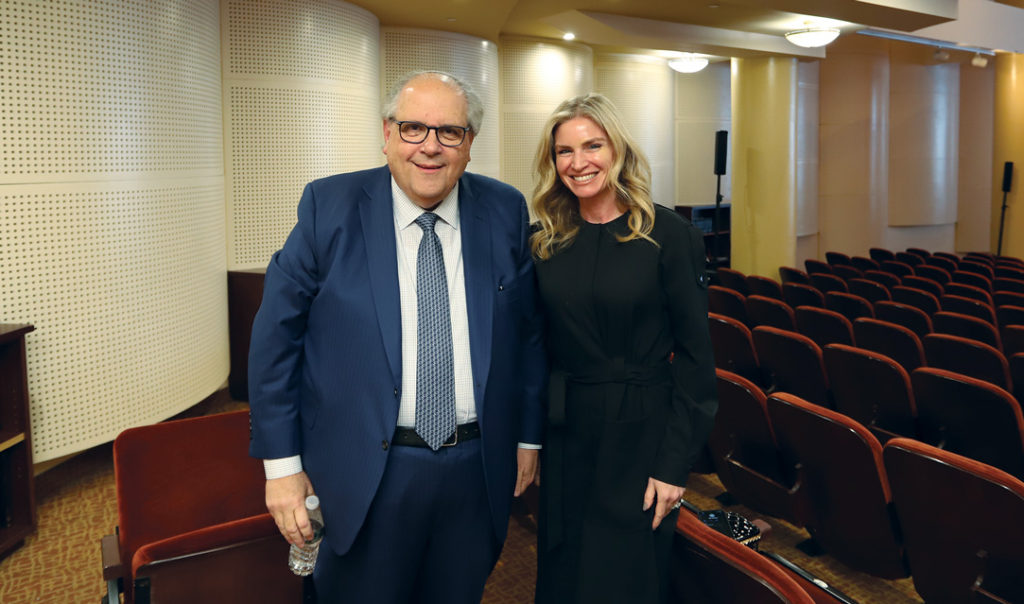
Rabbi Eli J. Mansour, an internationally revered speaker, and the presiding rabbi of several prominent congregations, will be taking on the role of Rabbinical Leader of Magen David Yeshivah. Dr. Daniel J. Vitow, former principal of both HAFTR and North Shore Hebrew Academy High School, will become the new Head of School for MDY High School. Parents of current sixth through twelfth grade students were invited to witness the two of them formally accept these positions, before delivering remarks that expounded on their educational goals and beliefs.
The evening began with a beautiful performance by the Magen David Yeshivah Boys Choir, who were led by Rabbi Mustacchi in affecting renditions of Hatikvah and The Star-Spangled Banner. Rabbi Ezra Cohen-Saban then took the podium to express the heartfelt hope that the appointment of these two leaders will strengthen the very foundation of the Yeshivah. To bring his point home, he used a pasuk (verse) in Tehillim which perfectly epitomizes this wish, a pasuk that states in reference to the city of Jerusalem: “For Hashem has made the bars of your gates strong, and He has blessed your children within you.” With the advent of Rabbi Mansour and Dr. Vitow, Rabbi Cohen-Saban truly feels that the same will be true for Magen David Yeshivah—that strength and blessing will permeate the institution, all for the benefit of our children.
“These two giants of education sitting to my right are the bedihim, the bars, that will solidify the gates of Magen David and ultimately bring tremendous beracha and success to the children in our midst,” he said. Counting himself as a partner in this endeavor, Rabbi Cohen-Saban promised that the three of them would work hard to uphold the standards of the Yeshivah, and keep it the community school, just as Magen David’s founders intended it to be, so many years ago.
For Rabbi Mansour, the acceptance of his new role is both monumental and sentimental. He is a distinguished alumnus of Magen David Yeshivah, having earned the Salutatorian award upon graduating from the elementary school in 1982. Though it may seem a trite thing to mention so many decades later, for Rabbi Mansour, that award symbolizes all of the reasons he holds the school so dear. As the great-nephew of founder Isaac Shalom A’’H, he grew up with the legacy of the Yeshivah in his bones. As the years passed, his uncles Joe Esses, Leo Esses, Moe Maleh, Ellis Safdeye and Eli D. Cohen of blessed memory went on to become some of the founding fathers of the Yeshivah, imbuing Rabbi Mansour with the importance of community service and religious heritage.
“I’m a man that loves history,” Rabbi Mansour said, “and I’m a man that follows precedents.” In that vein, Rabbi Mansour promised to follow the examples set for him by his illustrious relatives. “The task of a yeshivah is to truly train its students to stand up,” Rabbi Mansour said, reading from the speech he made as an eighth-grader, 40 years ago. “To give them strength and background, dignity and a sense of independence. When a yeshivah provides a student with a background in Jewish history, a love of Torah, an appreciation of the contributions that Jews and Judaism have made to the world, and a superior secular education, he is given the opportunity to stand on his own two feet.”
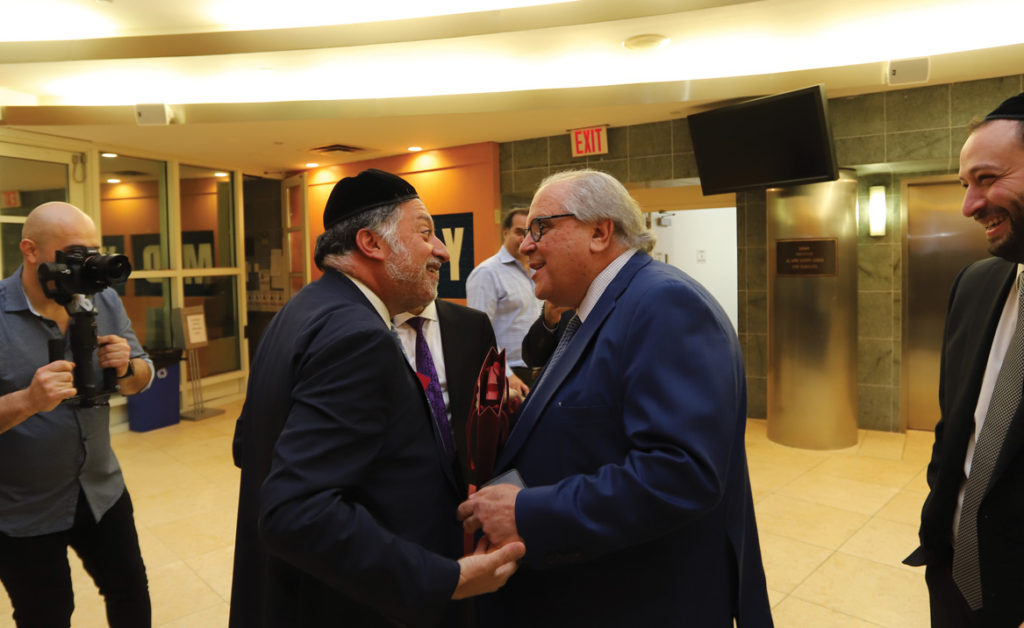
Rabbi Mansour is grateful to have been granted all of those things upon becoming an MDY graduate. Equipped with strength of character and a proud commitment to his Jewish identity, Rabbi Mansour went on to become a Talmudic scholar who contributes greatly to the breadth and depth of our community’s learning. Now, in the esteemed role of Rabbinical Leader of Magen David Yeshivah, he will do the same for thousands of children who make up the next generation. Rabbi Mansour understands that his job is to arm these students with tools they can use to face the world, and a firm foundation upon which to build their lives.
“Those were the values of Magen David 40 years ago, those are the values of Magen David today, and those will be the values of Magen David tomorrow as well!” he said emphatically. “It is these values of Sephardic pride, love of Torah, love of community, and love of our rich history, that I intend to bring to our great Yeshivah. As long as G-d gives me the strength and the ability, I will see to it that our Yeshivah continues in these founding ways and principles.”
The serendipity of finding the very speech he gave 40 years ago, thanking Magen David for all it had instilled in him, just as he was about to take on the vow of carrying those values forward, seemed to energize the Rabbi as he addressed the audience. Rabbi Mansour is nothing if not authentic. As Rabbi Cohen-Saban so eloquently stated, he teaches from the heart so that his words will enter the heart. Using his former speech as a bedrock gave Rabbi Mansour’s new mission a solemnity and purity of purpose that instilled great faith in all those in attendance. The crowd left assured that the Rabbi is not only aware of the awesome responsibility that he is now taking on, but that he will execute it with a great sense of gratitude and honor.
“My intention is to work for our children and our families,” Rabbi Mansour promised. “This is my top priority. I have no other allegiance but to the will of the parents of the mainstream of our community.” Rabbi Mansour fully appreciates the mainstream lifestyle because he came from it.
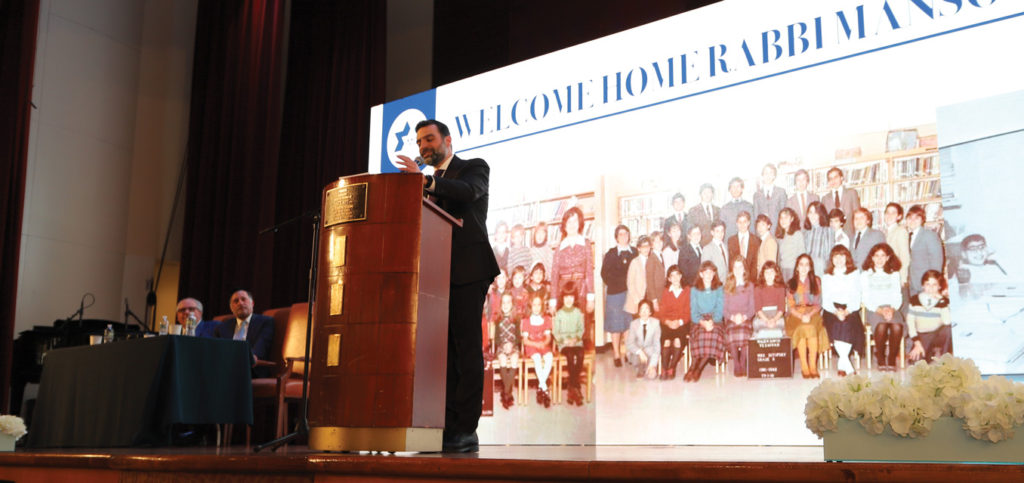
“I lived it, I was raised in it, I understand it and I’m a rabbi of two synagogues that serve the mainstream of our community,” he declared. “Those are my people—the people that I love, that I connect to and that resonate with me.”
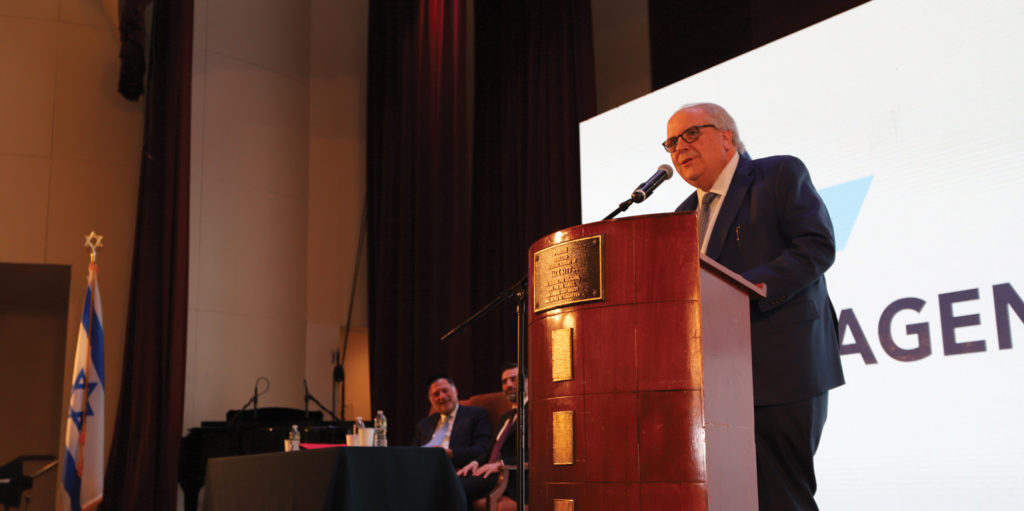
Rabbi Mansour concluded his remarks by giving his respect to Dr. Vitow in expressing the belief that the two of them will work well together, having already found that their personalities and leadership styles are quite similar. And with that, Rabbi Cohen-Saban returned to the stage to introduce Dr. Vitow, reading a poem written by one of his former students to enumerate his admirable qualities—foremost among them, his personal touch. As Magen David Yeshivah High School’s incoming freshmen have already begun to see, Dr. Vitow greatly values the practice of meeting with each individual student. He is of the belief that every child’s schedule should be unique, to suit his or her scholastic abilities and personal interests. Each student’s academic performance matters deeply to him, but he also encourages creative thinking, the pursuit of culture and the act of fundraising. Because he so highly values his students, they come to value themselves. That is the kind of principal that Magen David High School will soon be lucky enough to have at its helm.
Dr. Vitow showed himself to be a man of warmth and humor, as he entertained the audience with an opening story about a gift of goldfish gone awry. The story was important, he stressed, because of what it represented: just how much his former students appreciated being heard and respected by him and his administration. “That’s what it’s all about,” Dr. Vitow proclaimed, “engaging with kids, talking to them, understanding that no two kids are the same and that there’s no cookie-cutter mold.”
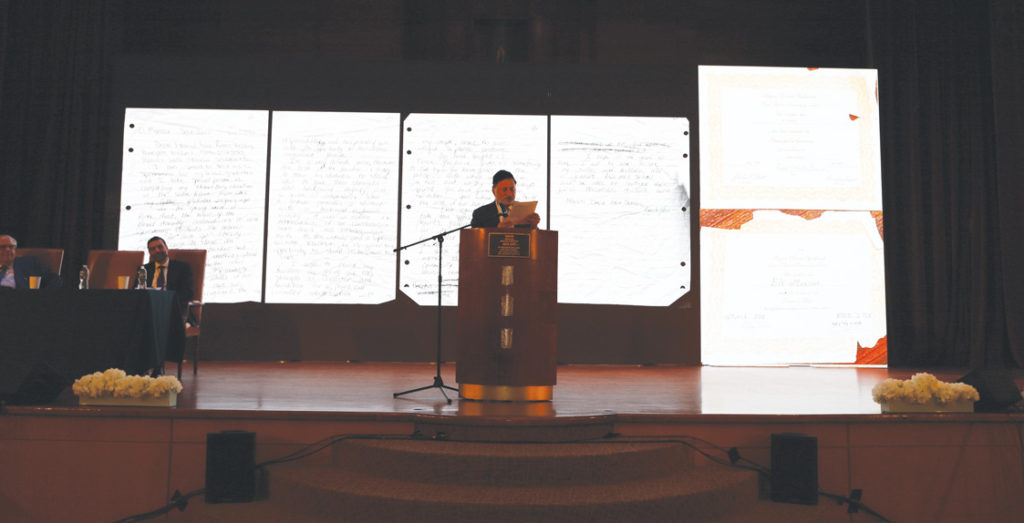

In his duties as principal, Dr. Vitow seeks out talent and praises character. To him, report card grades are secondary to a good reputation and a future that shows great promise. “None of us are perfect,” Dr. Vitow said of all those who join with him in the art of education, “but we are committed to building. We will take this institution to the next step. There’s always room to grow. I will come here and continue to build on the shoulders of the giants that I knew very well,” he said, specifying Rabbi Greenes, Rabbi Kahana, Rabbi Russ and Mr. Fisher.
The Rabbi has great respect for our Sephardic mores and traditions and is deeply familiar with them, having worked with Rabbi Moshe Shamah in Sephardic High School for many years. “I’m back in the Syrian community that I love,” Dr. Vitow declared. “I’m so happy to be here! I really believe I can do a lot with this particular school, and with this particular partner,” he said, referring back to Rabbi Mansour.
Dr. Vitow pledged to create robust interdisciplinary programs that showcase a synthesis between Torah and Western society and a unification of Judaic and General Studies faculty. What will emerge, he hopes, is a well-rounded child of good character who can take advantage of any opportunity he wishes to pursue—whether that be enrollment in the very best college, or a year in Israel spent learning. All of these efforts will be in service of the most important factors in the equation: our children.
“Be’ezrat Hashem we look forward to building a great future together,” said Rabbi Cohen-Saban as he took the podium one last time. Indeed, that appears to be just what is unfolding as Rabbi Mansour and Dr. Vitow unite forces to uphold the principles and longevity of MDY.


